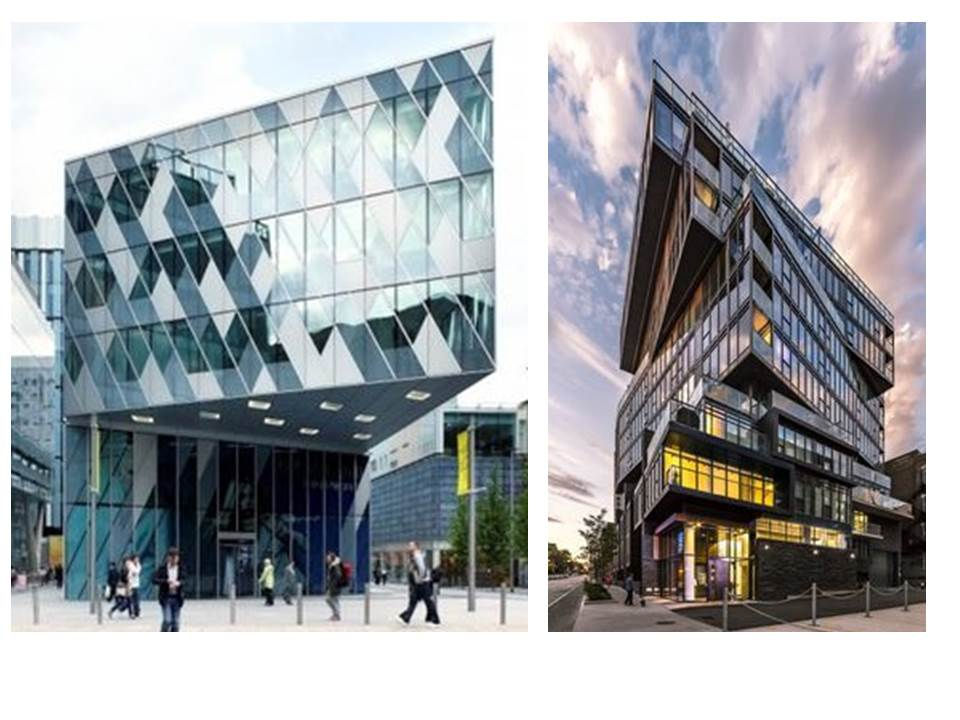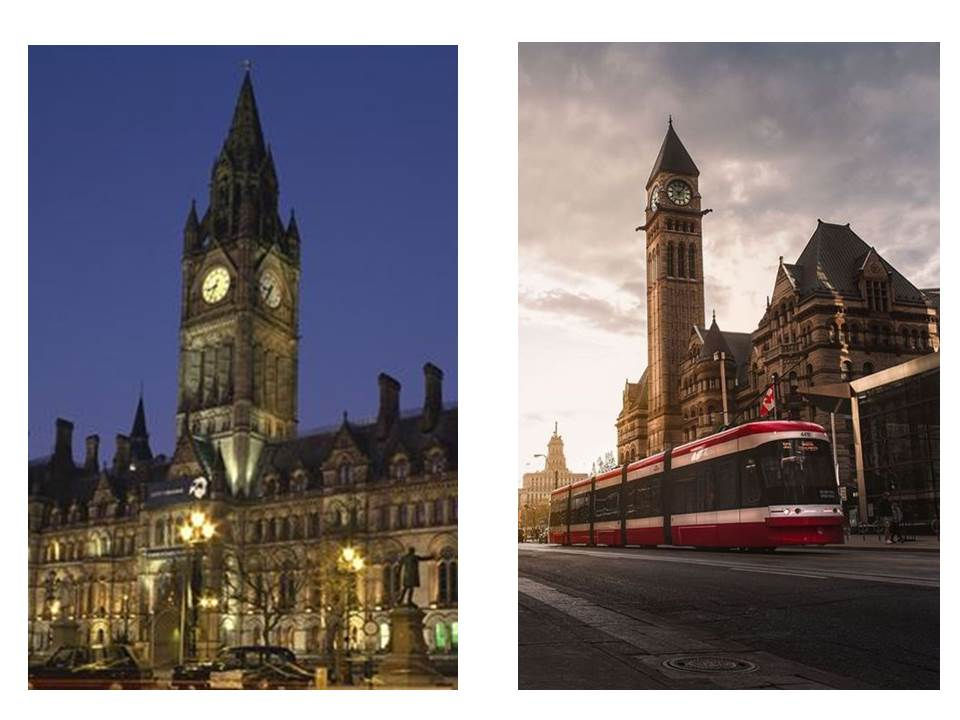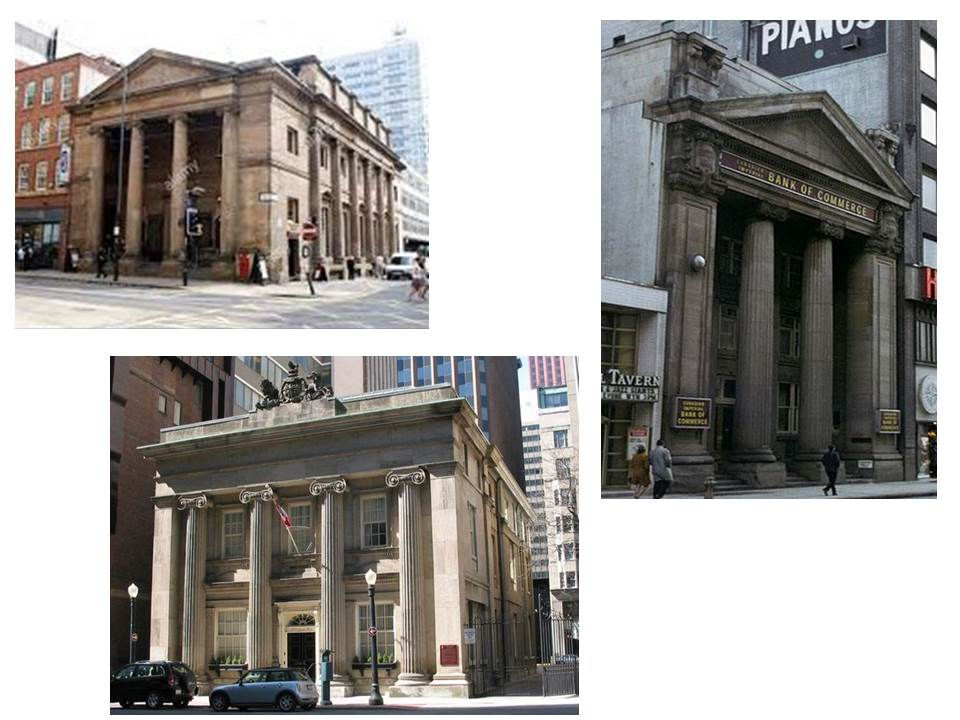Architecture - Manchester or Toronto
- Madeline Wynne
- Jun 12, 2020
- 3 min read
Updated: Jul 22, 2021
When I spoke to ceramic artists for part of my assignment, they told me to look for recurring themes and forms when trying to develop my own work. I tried my best to convey to Dave and Rob my love of cities, my feelings of freedom in urban environments, and my feeling of belonging to the personal and collective history of these places. I have the greatest connection to my home city, it is where my family have lived for the last hundred years, so I decided to look at Manchester for my current module.
Having chosen Manchester I decided to narrow it down to the architecture of Manchester, and see where that takes me. So I started looking at visual imagery of the city today, to try to pinpoint something unique, or something that prompted a response. Dave suggested I look at some modern images of Manchester, having focused on 19th and early 20th century architecture so far. As I had previously lived in Toronto for a while, I had a lot of images of that city to hand. It occurred to me that Manchester's new office buildings were just like those in Toronto. I suppose this was not surprising, we live in an increasingly globalised world.

I chose what I thought was a more distinctive modern building in Manchester, and looked for something similar in Toronto.

I then decided to look back at older buildings, I decided to look at both town halls.

I can see that these are different, but they are not visually dissimilar. Perhaps it is similar because of age, or building materials and methods available at the time. Manchester town hall was built in 1877, Toronto Old City Hall in 1899.
The similarity continued, the Portico Library on Mosley Street is top left in the images below, the other two images are images from Toronto.

On a superficial level, many of the buildings in present-day Manchester are visually similar to those in Toronto, and presumably other cities. I am trying to find something unique about Manchester, but I am coming to the conclusion that choosing single buildings without context does not tell the whole story.
There are many 20th century skyscrapers in Toronto and many converted 19th century warehouses in Manchester. Manchester was at its economic peak 100 years before Toronto. Toronto developed as a financial centre and Manchester as an industrialised city, and the density of one type of building in each city has determined its architectural feel. They are obviously very different, even if my current approach suggests otherwise.
Secondly the images above show that buildings alone do not provide the essence of a city, architecture is more meaningful in a local context . I need to look at their historical background maybe, or the people who made them or commissioned them. I need to look at what makes Manchester, when it was built and why. I also need to look more closely at elements of the buildings that are visible to people passing by on a regular basis. Carved stonework, patterns, forms and colours that are typical of each of the buildings past and present. For example the town hall has bees in the mosaics of the floor, and cotton in the stone carvings, elements deliberately chosen to reflect the city of Manchester and its history, familiar to local residents, and part of their regular daily path through the city.
In conclusion, I cannot focus on architecture without considering history, I need to understand more about who it was made by, who it was made for, and what was happening in that period of the city's history in order to recognise and appreciate the architectural styles and details that make it unique to the city and its residents. If Ir know more I hope that I can do a better job at representing my city when I get back to making. Lets face it, I am stuck in lockdown, and will enjoy the reading.
(All images on the left above are Manchester, all images on the right are Toronto).



Comments